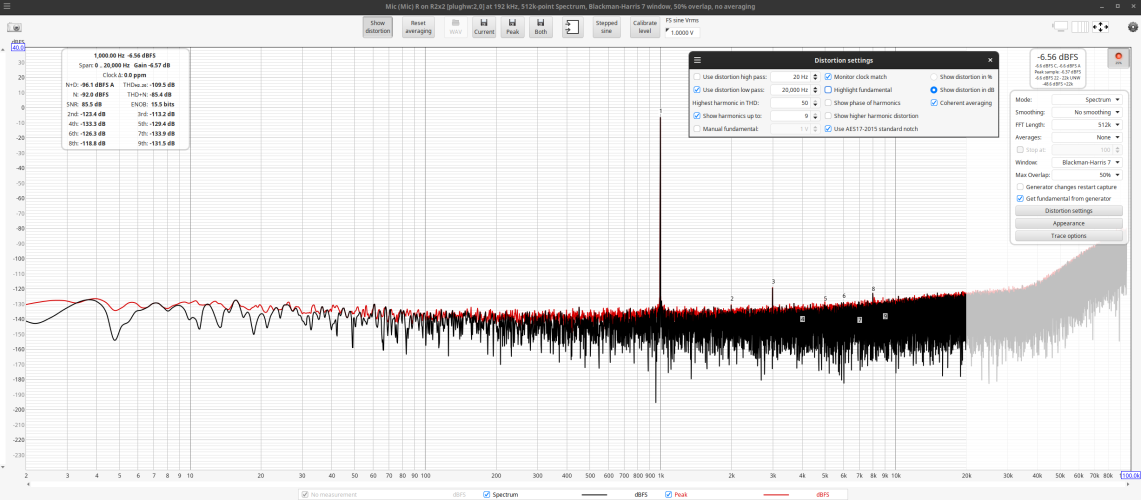That’s not even vaguely what you said! Where did you say that your assertions were hilarious and even worse than ridiculous? What you actually said/claimed is the IMD produced by your DAC was somehow audible, even though it’s so low in level it probably isn’t even being reproduced by your speakers to start with!thats what i said myself .... it still made a difference
And I love the fact that subjectivists love to make up false facts about what objectivists state/argue! Strange that you believe you don’t have to understand the logic of the facts that we’re actually stating but you do somehow believe the logic of making up false facts about what “objectivists keep arguing”. Maybe that’s the root cause of the arguments; what you think is logic is actually the opposite, completely illogical!i also love the fact objectivists keep arguing that everything is inaudible but you guys still care for measurements lol, thats some logic i dont have to understand...
The difference is obvious, they look different, their price is different and that’s just to start with!As i started out i still cared for this, the topping d10 was my first standalone dac a few years ago as i was going by amirs recommendation, but the difference between it and the BLA interface is so obvious...
And I feel sorry for the people who say they trust their ears but never bother to actually find out what their ears are telling them!i just feel sorry for the people that cant trust their ears
Yes, you can improve performance and reduce IMD, all noise and other types of distortion “by reducing gain” to nothing, better still, don’t even turn on you DAC, amp or speakers, no distortion whatsoever of any type and therefore perfect performance. Thanks for your advice and for mentioning it here for the first time! Lowering gain obviously lowers everything, the signal level and the distortion. Duh!some objectivists should tell people how they can improve performance for free instead (by reducing gain), but funny enough i never saw it mentioned "anywhere"
G
Last edited:


























